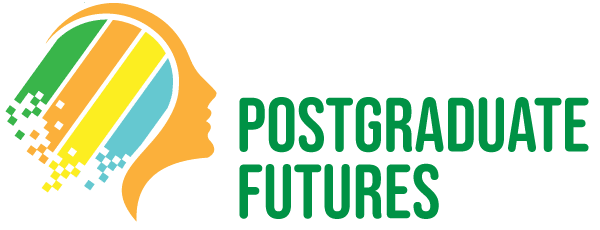What does McKinsey & Company look for in postgraduate business students? Let’s find out from a couple of company representatives from McKinsey & Company, one of the world’s leading management consulting firms. They recently visited with students at the University of Virginia.
Master of Commerce students from the University of Virginia’s McIntire School of Commerce had the opportunity to meet McKinsey & Company Solution Manager Janet Gessner Alford and Client Service Senior Manager Doug McElhaney. The two visited the McIntire School of Commerce to discuss opportunities in analytics and complete a mock analytics case with students in the Marketing & Management concentration. Janet and Doug were asked about the field of big data and the qualities they are looking for in M.S. in Commerce students.
Why do you like to hire UVA’s M.S. in Commerce students?
Doug: By way of background, Janet has been working with Professors Netemeyer, Maxham, and Abbasi since the inception of the McIntire School’s new Center for Business Analytics and serves on its Advisory Board. As part of that effort, Janet visited the M.S. in Commerce’s Consumer Analytics class last year to learn more about the new Business Analytics concentration in the M.S. in Commerce Program and led McKinsey’s first effort to recruit several M.S. in Commerce students for analytics consulting roles. So, this is our second year recruiting M.S. in Commerce students. And, full disclosure: Janet graduated from the McIntire School (B.S.), and I graduated from the College of Arts & Sciences (B.A.), so we are pretty sold on recruiting from the University of Virginia!
Janet: We like to hire M.S. in Commerce students because we find that the program prepares them to excel in two areas, among others. We call these areas the “analytics spike” and “consulting toolkit.” First, a successful candidate has to be able to do the work—and that work is all about being able to “hit the ground running” in analytics. Second, and equally as important, are all the skills necessary to perform well in a client-facing environment: structured problem solving, business acumen, working with a team, being able to transform analytics outputs into business insights. We find that the M.S. in Commerce curriculum and case-based team-learning environment produce and train the kind of candidates we are looking to hire.
What tangible skills do M.S. in Commerce students bring to McKinsey?
Doug and Janet: We look for three key skills in our candidates. The first is problem solving and problem structuring. This is fundamental to being a successful consultant regardless of the firm you join or the client you serve. You must be able to take an ambiguous problem and create structure around it that will enable a team to make efficient progress in identifying a set of potential answers or recommendations.
The second is business acumen. We describe this as being able to translate analytical or quantitative insights into relevant business implications. This is the classic “so what” challenge. Having identified a trend during your analysis can you a) determine if it is relevant in the context of the overall project and b) identify and explain the implications of this trend on your client’s business.
The third key skill is analytics. Candidates need to be comfortable utilizing a variety of analytic approaches to explore and understand the client’s data environment and what that data can unlock in terms of relevant insights. Different parts of McKinsey require this skill in different degrees, yet the common theme across McKinsey is that analytics is more and more a key component of how we deliver for our clients.
What we like about the M.S. in Commerce Program is that students are focused on building all three of these key skills.
What was your favorite part about your visit to UVA?
Doug: My favorite part of the trip was my time visiting with the students and working through the “Big Bank” case. I was impressed by the proposed solutions the teams came up with as to how to get started with a complicated problem for which they had very little to go on. I was also impressed by the fact that several of the teams took some risks in their answers by proposing analyses and relatively detailed work plans without the benefit of data or additional context.
What insights did you gain after working through an analytics case with the M.S. in Commerce students?
Doug: I left Rouss & Robertson Halls generally impressed by both the aptitude and the inquisitiveness of the students I worked with. Success in analytics requires both technical abilities and a natural curiosity. Analytics is all about the intersection of technical know-how (e.g., how to build a model, how to apply algorithms) and a desire to try new things and dig into new and different kinds of data. This is especially true in the application of analytics in consulting. It was great to interact with students who seemed to have this combination of skills and curiosity.
What is the most important thing for a student who wants to break into the analytics industry to know?
Doug: I think there are two “most important” things to focus on. One is that you must build a strong foundation in the application of analytics. Knowing a dozen different data modeling approaches will not be very helpful if you don’t really understand which types of situations/problems they should be applied in.
The other “most important” thing is to be able to apply structure to the problems you are working on. The ability to thoughtfully and efficiently structure a problem is a must-have for those who want to pursue a career in analytics. There are so many ways to quantitatively pursue business problems and an overwhelming amount of data. It is because of this that many people suffer “analysis paralysis.” Success in analytics requires a structured approach that will allow you and/or a team to nimbly test a series of hypotheses to identify the most fruitful avenues of analysis.
